setting up a bog terrarium
flower8750
16 years ago
Related Stories
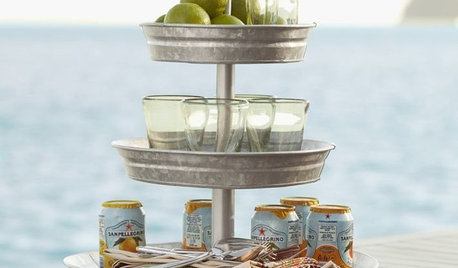
PRODUCT PICKSGuest Picks: Set Up an Outdoor Living Room
With an outdoor movie screen, a patio heater or fan, and scads of entertaining essentials, you may never want to go back inside
Full Story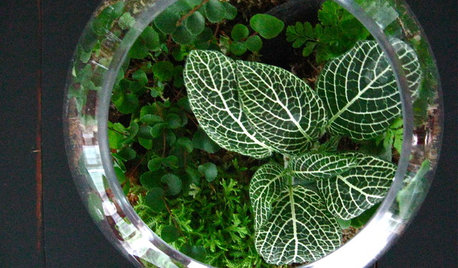
HOUSEPLANTSGardens Under Glass: How to Make Your Own Terrarium
Be the master of a mini ecosystem indoors — the low-maintenance, highly rewarding kind that fits any room
Full Story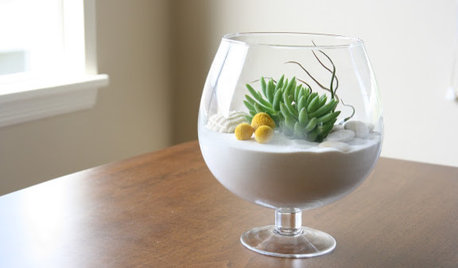
PRODUCT PICKSGuest Picks: The Art of the Terrarium
Design a perfect little world with these terrarium vessels, plants and artful extras
Full Story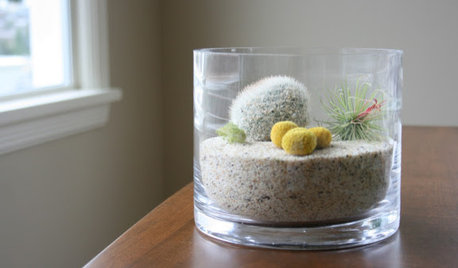
PRODUCT PICKSGuest Picks: More Ideas for Artful Terrariums
Stunning vessels, sea glass, sparkly sand ... find everything you need to show off your mini plants right here
Full Story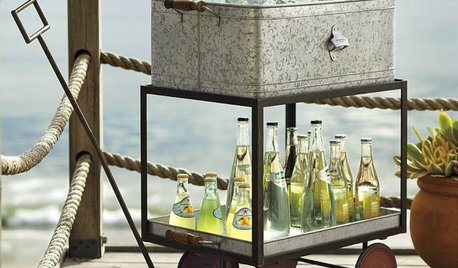
ENTERTAININGGuest Picks: Garden Party Spruce-Up
Warm weather is calling. Celebrate with a party set outside under the sun
Full Story0

GARDENING AND LANDSCAPINGHow to Make a Pond
You can make an outdoor fish paradise of your own, for less than you might think. But you'll need this expert design wisdom
Full Story
DECORATING GUIDESBudget Decorator: 12 Ways to Perk Up Your Home for Fall
Get crafty or shop strategically to give your nest that extra-special touch while you’re cozying up on chilly days
Full Story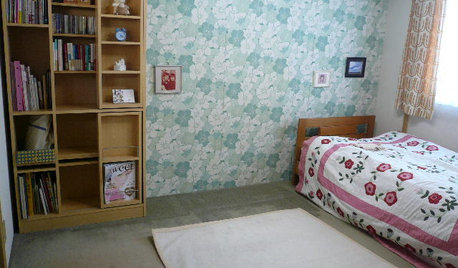
BOOKSCan Tidying Up Result in Life-Changing Magic?
Organizing phenom Marie Kondo promises big results — if you embrace enormous changes and tough choices
Full Story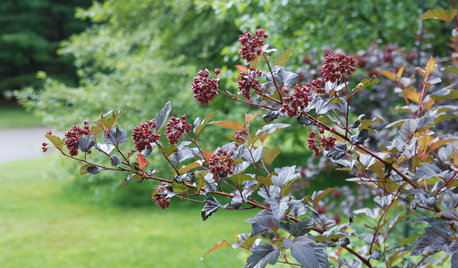
GARDENING GUIDES6 Branches and Berries to Spruce Up Holiday Decor
Bring garden cuttings in from the cold to warm up seasonal arrangements and decorate your home for the holidays
Full Story
HOUZZ TOURSMy Houzz: Pretty Meets Practical in a 1920s Walk-Up
Creative styling gives an 800-square-foot rental such an inspired homey air, you might just miss the office in the living room
Full Story





mutant_hybrid
flower8750Original Author
Related Professionals
Maple Heights Landscape Architects & Landscape Designers · Bowie Landscape Contractors · Camp Verde Landscape Contractors · Choctaw Landscape Contractors · Fort Worth Landscape Contractors · Little Ferry Landscape Contractors · Mason Landscape Contractors · Palatine Landscape Contractors · San Carlos Park Landscape Contractors · Watertown Landscape Contractors · Quartz Hill Landscape Contractors · Elk Grove Swimming Pool Builders · Glendora Swimming Pool Builders · Goodlettsville Swimming Pool Builders · San Lorenzo Swimming Pool Builderspetiolaris
mutant_hybrid
flower8750Original Author
petiolaris
mutant_hybrid